Introduction to Dental Models
Dental models serve as critical resources for dentists, educators, and students. They are used extensively for demonstrating dental procedures, explaining patient conditions, and practicing intricate dental treatments in a controlled environment. Their application spans across educational institutes, dental offices, and medical schools, where accurate representation and durability are essential.
Explore Our Product Range
Vitality Medical offers a comprehensive selection of dental models suitable for educational and clinical purposes. Our range includes:
- Disease Models: Detail various dental conditions, ideal for patient education and student learning.
- Development Models: Show the progression of tooth growth and dentition, perfect for pedagogical use.
- Care Demonstration Models: Large-scale models used to demonstrate proper dental hygiene practices.
- Cavity Models: Highlight specific issues like cavities in molars, enhancing understanding of common dental problems.
- Specialty Molar Models: Feature different types of molar structures, useful for detailed dental studies.
These models are invaluable for enhancing dental education, facilitating patient communication, and planning treatments effectively.
Benefits of Using Dental Models
- Educational Value: Dental models are vital in enhancing the understanding of complex dental concepts in academic settings.
- Patient Engagement: They are excellent tools for improving communication with patients, helping them visualize their dental issues and the treatments they will receive.
- Clinical Accuracy: Practitioners can use these models to plan and simulate procedures, which helps in reducing errors and improving patient outcomes.
Buying Guide and Care Instructions
Choosing the right dental model depends on the specific needs of the user:
- Educators might prefer models with various pathologies for comprehensive teaching.
- Clinicians might select models that specialize in certain types of treatments or conditions.
Maintaining the models involves regular cleaning and careful handling to preserve their detailed structures and appearance.
Frequently Asked Questions
What scale are the dental models?
The scale of dental models varies depending on the type of model. Most are scaled to life-size to provide a realistic educational tool for students and professionals.
Which dental conditions are represented in the pathology models?
Pathology models may include a range of dental conditions from common decay and cavities to periodontal disease and advanced oral pathologies.
Are these models suitable for patient demonstrations?
Yes, dental models are an excellent resource for patient demonstrations. They help patients visualize their dental issues and the proposed treatments, which can ease anxiety and improve understanding.
Can these models be disassembled for closer examination?
Many of the models feature removable parts to allow for a closer examination of individual teeth or dental structures, making them ideal for detailed study and demonstration purposes.


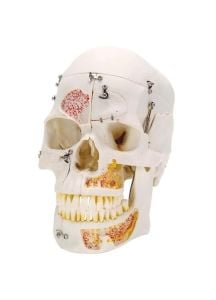
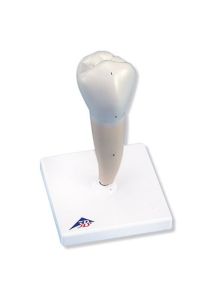
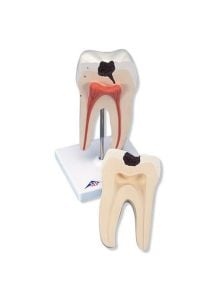
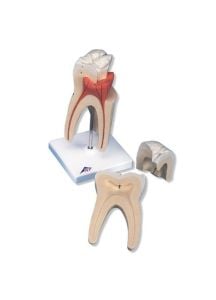


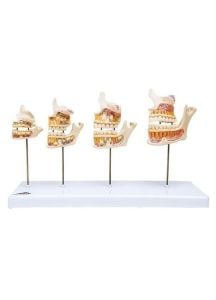
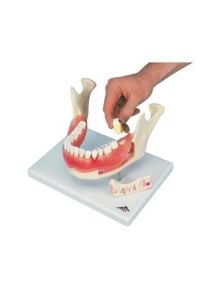
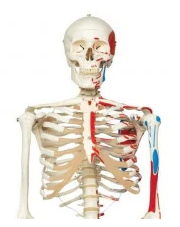
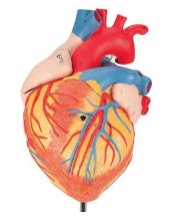
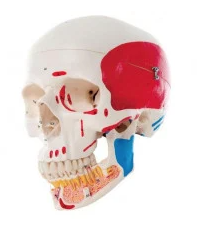

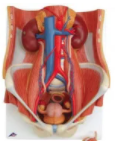
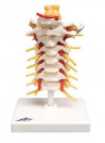
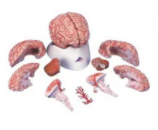

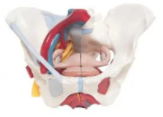
Login and Registration Form